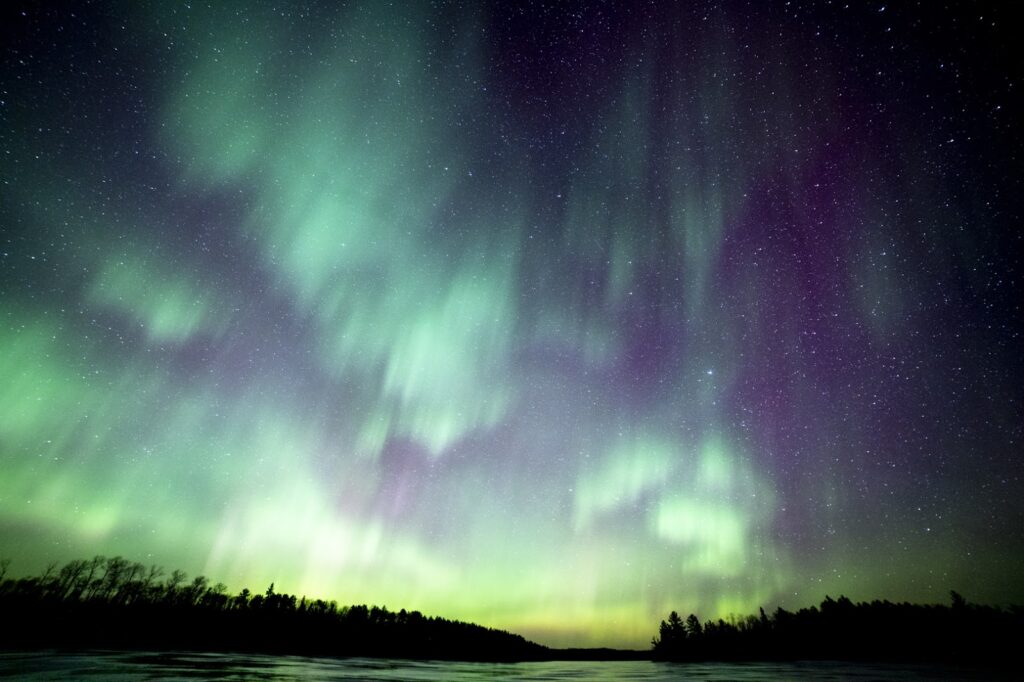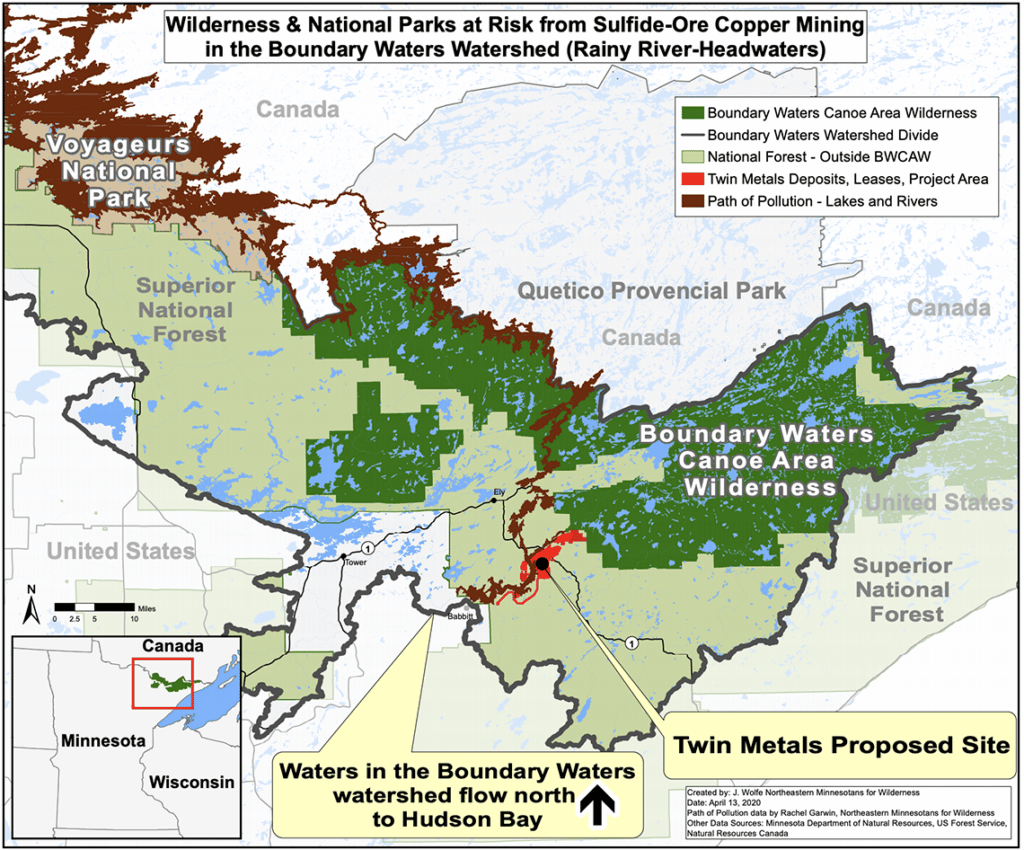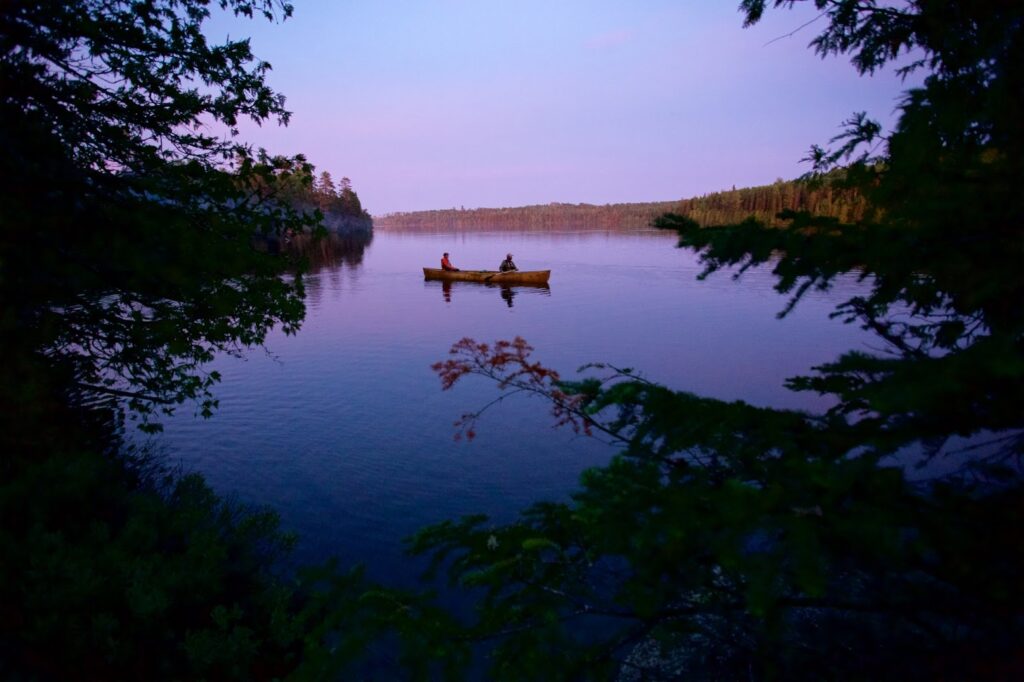
Saving the Boundary Waters — So Everyone Can Enjoy It
By Ethan Brown on behalf of Save the Boundary Waters
The Campaign to Save the Boundary Waters is a community-built initiative by Northeastern Minnesotans for Wilderness in Ely, Minnesota — a gateway town to the Boundary Waters. The movement has grown into a national coalition of 400+ conservation, hunting & fishing organizations, and businesses united by the same original goal: to achieve a permanent ban on sulfide-ore copper mining in the watershed of the Boundary Waters, Voyageurs National Park, and Canada’s Quetico Park.
There’s a reason the Boundary Waters is America’s most-visited wilderness. At 1.1 million acres, the Boundary Waters Canoe Area is one of the most iconic landscapes in the country. Whether you hike in the woods, paddle along a rocky shoreline, or enjoy a peaceful day by the lake, there’s a place for everyone.
But this solitude is threatened.
A proposed copper mine directly upstream from the Boundary Waters represents a major threat to the region. Sulfide-ore copper mining is America’s most-toxic industry, and the Campaign to Save the Boundary Waters is leading the fight to win permanent protections for America’s wilderness during a once-in-a-generation opportunity.
Started by Northeastern Minnesotans for Wilderness, the Campaign to Save the Boundary Waters was built on the values of wilderness-edge communities like Ely, Minnesota, where the Campaign is headquartered. Over the last decade, our national coalition of more than 400 conservation, hunting & fishing organizations, and businesses has worked to achieve a permanent ban on sulfide-ore copper mining in the Boundary Waters’ watershed.
This ban is essential, as Chilean mining conglomerate Antofagasta has proposed a copper mine — called the Twin Metals project — just miles upstream from the Boundary Waters. Minnesota has a long history of taconite mining, but there has never been a copper mine in the state.
The Boundary Waters is Native land. Anishinaabe people, known regionally as Chippewa or Ojibwe, have lived here for centuries and developed integral ties to the water and land. Protecting the Boundary Waters from copper mining would respect treaty rights and the request of the Minnesota Chippewa Tribe, who have spoken out in support of protections against the destruction of their land.

The waste rock generated by sulfide-ore copper mining leaches toxins and heavy metals when exposed to air and water. In a wet environment like the Boundary Waters, the risk of pollution is certain and would devastate northeastern Minnesota’s ecosystem and tourism industry, which generates almost $1 billion each year.
Fortunately, our movement has seen recent progress toward short- and long-term goals in the fight for wilderness protection, and we hope to see more.
Saving the Boundary Waters is a crucial mission, but so is ensuring that everyone can enjoy it. In 2021, we committed further resources toward our Diversity, Equity, Justice, and Inclusion initiatives through the foundation of a small grants program. We believe that access to wilderness is transformative, and our program supports individuals and groups too often excluded or facing barriers to outdoor recreation and advocacy.

An example of our grant’s usage includes supporting a winter retreat at the edge of the Wilderness for Boyz N The Wood, an organization that facilitates outdoor experiences for Black men with the goal of building brotherhood, mental and physical health, and community leadership skills.
We are deeply committed to ensuring wilderness accessibility to all, and we must permanently protect the Boundary Waters to ensure this work can continue. All future generations deserve clean water and a place to escape the pressure of modern life.

For more information on Save the Boundary Waters, visit https://www.savetheboundarywaters.org/.
